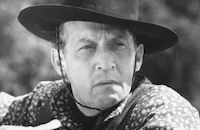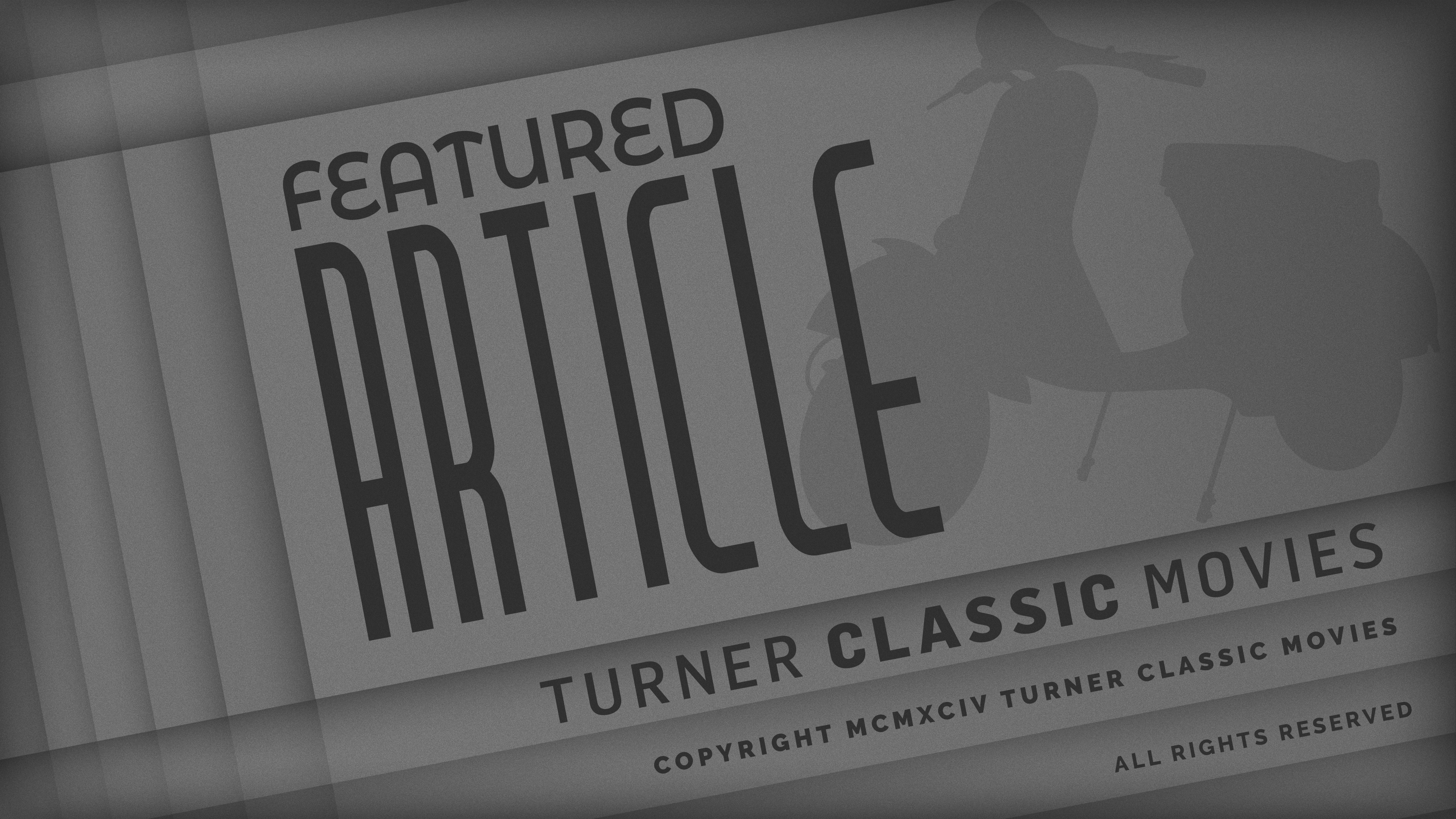Hell's Heroes

Brief Synopsis
Cast & Crew
William Wyler
Charles Bickford
Raymond Hatton
Fred Kohler
Fritzi Ridgeway
Jo De La Cruz
Film Details
Technical Specs

Synopsis
While waiting in the small frontier town of New Jerusalem for his three partners, "Barbwire" Tom Gibbons, "Wild Bill" Kearney and José, bandit Bob Sangster goes into the cantina to see Carmelita, a dance hall girl who loves him, thereby incurring the jealousy of the town's sheriff. That same afternoon, Bob meets his partners and robs the New Jerusalem bank, during which the teller and José are killed. Bob, Bill and a wounded Barbwire escape, aided by a sandstorm that delays the town posse's pursuit. After losing their horses in the storm, and with their water supply nearly exhausted, the bandits come upon a wagon with a delirious woman inside. Thinking that he will rob and have his way with her, Bob first gives the woman water, then discovers that she is about to give birth. Because she is alone, as the woman dies, she asks the bandits to be the child's godfathers and take the baby to his father, Frank Edwards, who is the bank teller in New Jerusalem. Shamed when they realize that they have killed the baby's father, the three bandits bury the woman and decide to return to New Jerusalem as promised. At first they feel burdened by the baby, but quickly become attached to him. On the trail, when Barbwire can no longer go on, he insists that his friends leave him, then shoots himself. In the middle of the night, after the baby has finished the last of the canned milk from the wagon, Bill sneaks away from their campfire, leaving a note for the sleeping Bob that this is his "Xmas" gift because three cannot survive on the small amount of water they have left. At first angry with the baby when he wakes up and reads Bill's note, Bob realizes that he, too, has grown to love the child and determines to reach New Jerusalem. Hours later, after he gives the baby the last drops of water from his canteen, Bob wanders desperately through the desert until he finds a small water hole. As soon as he tastes the water, he knows there is something wrong with it, then sees a sign stating the water contains arsenic. Frantic and hallucinating, Bob realizes that the only possible way to save the baby is to drink as much of the poisoned water as possible and hope that he has enough strength to reach New Jerusalem. As Christmas services are being held, Bob staggers into town and is barely able to enter the church before collapsing and dying with the baby still in his arms. A kind woman from the congregation then cares for the baby.

Director

William Wyler
Cast

Charles Bickford

Raymond Hatton
Fred Kohler
Fritzi Ridgeway
Jo De La Cruz
Walter James
Maria Alba
"buck" Conners
Mary Gordon
Tom London
Edward Hearn
Crew
Del Andrews
David Broekman
Franz Gruber
William W. Hedgecock
C. Roy Hunter
Carl Laemmle
Carl Laemmle
Harry Marker
Joseph Mohr
Tom Reed
George Robinson
C. Gardner Sullivan

Film Details
Technical Specs

Articles
Hell's Heroes
The famous story, which is set on Christmas Eve, follows three outlaws as they rob a bank and flee into the desert during a sandstorm. While crossing the sun-scorched terrain, they discover an abandoned wagon carrying a pregnant woman. She dies shortly after giving birth and the three fugitives grudgingly agree to carry her child to safety, risking their own lives in the process.
Universal's first all-sound outdoor picture, Hell's Heroes was made at a time in William Wyler's career when he was still working his way up through the hierarchy of the studio system and not yet recognized as one of Hollywood's most talented directors. The only reason he ended up directing an A-picture like Hell's Heroes was because he had a proven track record of transforming mediocre material into first rate entertainment and because the original choice for director - screenwriter Tom Reed - had no directing experience.
The filming of Hell's Heroes turned out to be no picnic at the beach. Because of the primitive sound techniques, Wyler was forced to record the dialogue of the three outlaws on the fly by having the crew improvise a soundproof booth with a sealed window to house the camera and cameraman. The booth was mounted on rails and pushed by a dozen men in absolute silence while microphones in the sagebrush picked up dialogue. The desert temperatures would sometimes climb to a hundred ten degrees Fahrenheit and the heat in the booth would become intolerable, causing the cameraman to pass out. Wyler was also challenged in his direction by Charles Bickford, a popular New York stage actor who was brought to Hollywood by Cecil B. DeMille. Bickford refused to follow Wyler's suggestions for the filming of his final desert trek so the director worked around him, creating a long tracking shot that passed over tracks in the sand, an abandoned hat, and discarded gold before coming to rest on the orphaned baby. This powerful sequence also attracted the attention of Darryl Zanuck, a producer at Warner Bros. who ordered his directors to study this sequence.
Hell's Heroes turned out to be an enormous critical and commercial success, but Wyler had to battle for his creative vision and that meant going head to head with "Junior," Wyler's nickname for his producer and son of studio head Carl Laemmle. The two men clashed constantly over the escalating budget, the shooting schedule, and scenes that might be subjected to censorship by the Hays Office like the climax. The latter was a battle that Wyler lost. His original ending, where the surviving outlaw is captured by the angry townspeople and prepared for hanging, was dropped and replaced with a less cynical conclusion. Regardless of the change, Hell's Heroes remains a landmark Western and one of the most visually innovative films of the early sound era.
Director: William Wyler
Producer: Carl Laemmle Jr.
Screenplay: Tom Reed, based on the novel The Three Godfathers by Peter B. Kyne
Cinematography: George Robinson
Editor: Harry Marker
Music: Sam Perry, Heinz Roemheld (both uncredited)
Cast: Charles Bickford (Bob Sangster), Raymond Hatton (Barbwire Tom Gibbons), Fred Kohler (Wild Bill Kearney), Fritzi Ridgeway (Mother), Jose De La Cruz (Jose)
BW-68m.
By Jeff Stafford

Hell's Heroes
Quotes
Trivia
Notes
A silent version of the film was also released, at a length of 5,836 feet. Peter B. Kyne's story first appeared in The Saturday Evening Post on November 23, 1912. According to some sources, the story was based on an earlier Kyne story entitled "Bronco Billy and the Baby," which appeared in The Saturday Evening Post in 1910 and was the basis for a short Essanay film of the same title. According to modern sources, the film was shot primarily on location near Mojave, CA. The Three Godfathers novel has been adapted to film several times. For information on other versions, please consult the entry below for the 1916 Bluebird film, The Three Godfathers.














